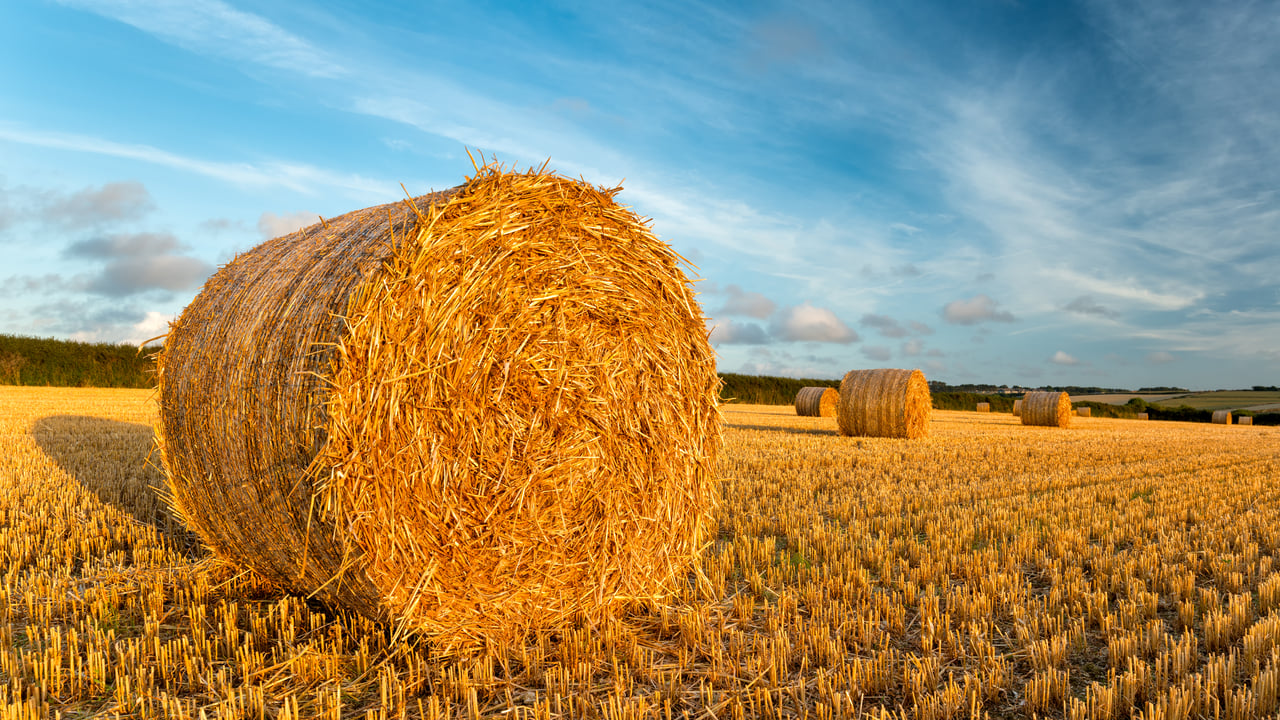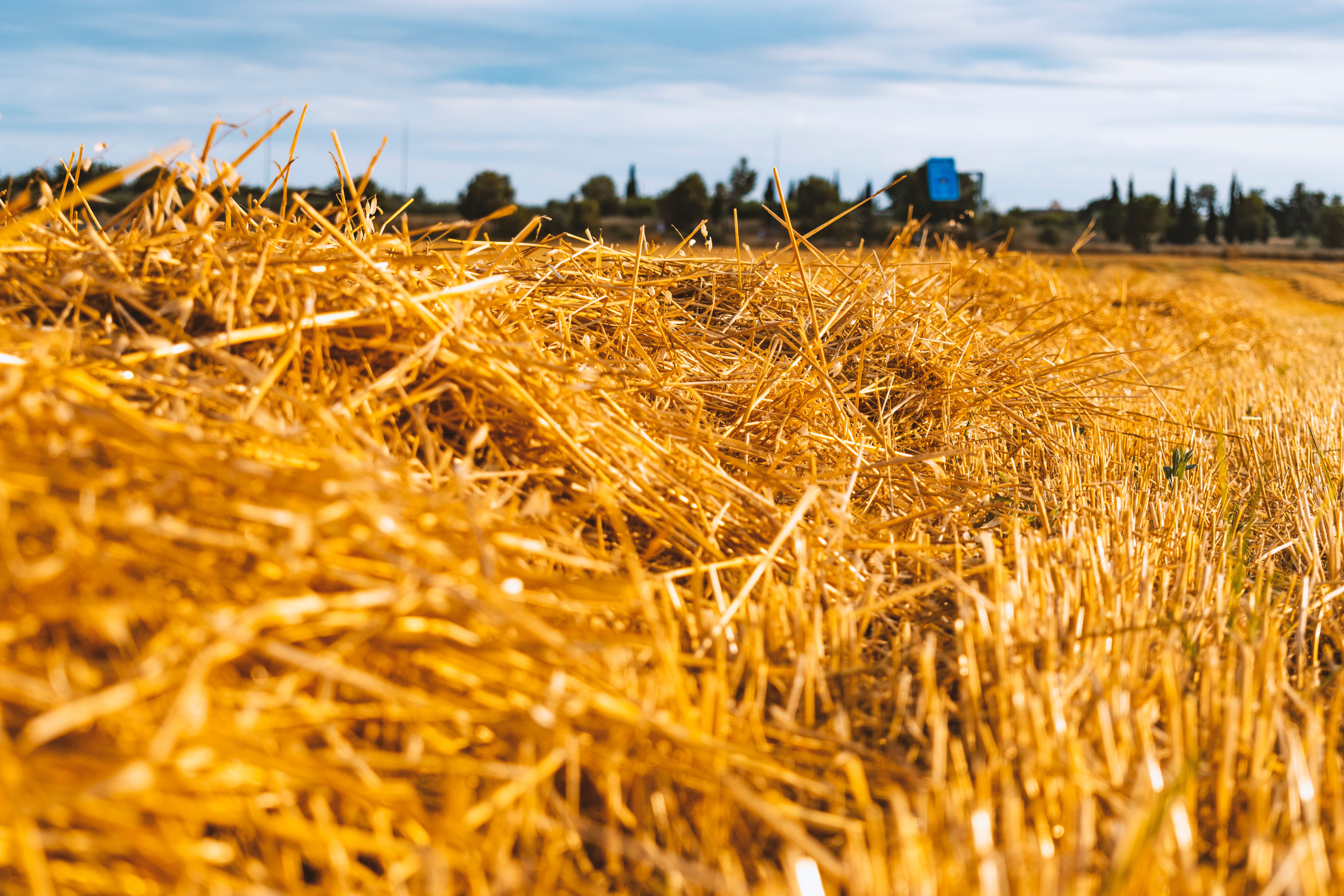PDA: Dry season will impact on potash offtakes
The extremely dry conditions experienced for most of the 2024/25 growing season will impact crop nutrient offtakes - potash is one of these.
As a consequence, the Potash Development Association (PDA) is confirming that - with an anticipated higher demand for straw this year - paying attention to the nutrient value of potash offtakes will be important.
There are likely to be two factors at play here this year in particular.
Firstly, the amount of straw, not just in terms of the reduced grain yield, but potentially the ratio between grain yield and straw yield.
The dry growing season has resulted in many cereal crops being much shorter than usual.
It is always best to try to get more accurate measures of straw yield in terms of bales per hectare than relying on grain yield alone.
In addition, according to the PDA, a dry growing season will lead to lower levels of potassium losses from straw back to the soil.
Where the grain fill period is shortened, elevated potash levels may remain in the straw at harvest.
As the crop matures and senesces, the cells of plants crack, allowing some of the potash they contain to be washed back into the soil.
Where there is little or no rainfall prior to straw being removed from the field, it will result in elevated nutrient concentrations as less potassium is washed from the harvested straw back to the soil.
Offtake tables can be a useful guide for average situations, based on a large database of results over many variable seasons, but in extremes, having first-hand data will always be the most beneficial.
Laboratories can test straw for those concerned, which will help to provide a more accurate assessment of nutrient removals from fields this summer, potentially avoiding a negative balance.
According to the PDA, potash affects both yield and quality of grain as well as the general health and vigour of the plant.
Cereal crops need at least as much, if not more, potash than any other nutrient including nitrogen.
Potash is needed in such large amounts because it is the major regulator of solution concentrations throughout the plant.
It controls cell sap content to maintain the turgor of the plant and supports the movement of all materials within the plant.
Potash supply is thus essential for all nutrient uptake by the roots and movement to the leaves for photosynthesis, and for the distribution of sugars and proteins made by the green tissue for plant growth and grain fill.






